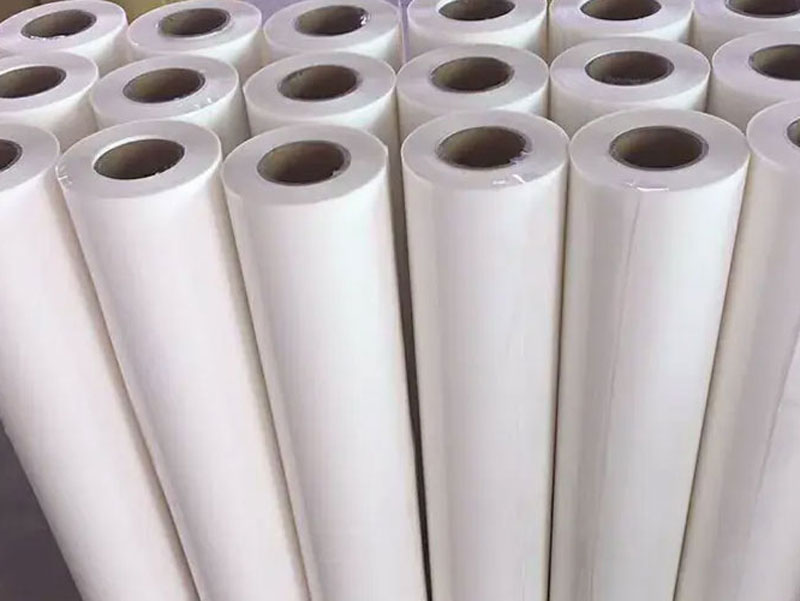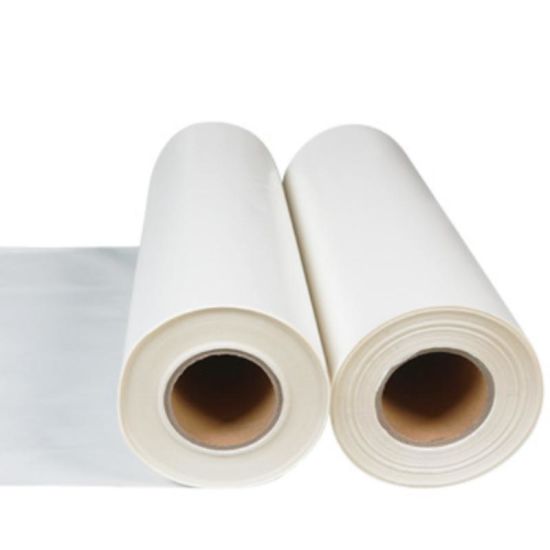In the evolving world of garment technology, seamless garments have revolutionized the fashion and sportswear industry. Behind the scenes, adhesive technology plays a critical role in enabling this transformation. Among all bonding solutions, polyamide hot melt adhesive has emerged as one of the most reliable materials in seamless garment applications. Whether you’re a manufacturer, textile innovator, or raw material supplier, understanding the role of polyamide hot melt in this space is essential.
This guide explores the fundamentals of polyamide glue, its chemical and mechanical properties, types, application processes, and its relevance in the seamless garment industry. We will also compare polyamide hot melt adhesive powder with other adhesive types and guide you on sourcing from China and beyond.

1. What is Polyamide Hot Melt Adhesive?
Polyamide hot melt adhesive is a type of thermoplastic adhesive derived from dimerized fatty acids and diamines. Unlike solvent-based adhesives, hot melt adhesives are solvent-free, environmentally friendly, and activated purely through heat.
Key Features:
Melts at 100°C – 160°C
Excellent flexibility and elongation
Strong adhesion to synthetic and natural fibers
Good chemical and oil resistance
Fast setting and high initial tack
Washable and dry-clean resistant
Polyamide-based hot melt adhesives are highly effective in bonding textiles like nylon, polyester, spandex, and even delicate technical fabrics, making them ideal for seamless garment manufacturing.
2. Why Use Polyamide Hot Melt Adhesive in Seamless Garments?
Seamless garments require smooth bonding without thread lines, punctures, or bulky seams. Traditional stitching fails to provide the level of comfort, water resistance, and aesthetic appeal demanded by today’s consumers—especially in categories like sportswear, lingerie, yoga wear, and compression garments.
Benefits of Polyamide Hot Melt for Seamless Apparel:
| Feature | Seamless Garment Advantage |
|---|---|
| Strong fabric adhesion | Bonds to high-stretch materials without delamination |
| Fast bonding | Boosts productivity in mass production lines |
| High heat resistance | Withstands ironing, washing, drying, and steam |
| Flexible & soft | Maintains fabric softness and stretch |
| Transparent grades available | No visible bonding lines on light-colored garments |
These characteristics make polyamide hot melt adhesive the ideal choice for bonding waistbands, logos, linings, collars, hems, and reinforcement panels in seamless garments.
3. Types of Polyamide Hot Melt Adhesives
There are several forms of polyamide-based hot melt adhesives available depending on the bonding process and garment type.
a) Polyamide Hot Melt Adhesive Powder
Fine-grain powder form
Used for dot coating, screen printing, or powder-sprinkling methods
Melting point between 105–135°C
Ideal for complex patterns and thin garments
b) Polyamide Hot Melt Granules / Pellets
Used in extrusion coating or film casting
Requires melt-extrusion equipment
Allows custom film thickness and shape
c) Pre-formed Polyamide Adhesive Webs / Films
Ready-to-use webs, tapes, or sheets
Thickness range: 0.02 mm – 0.15 mm
Suitable for heat pressing or lamination bonding
d) Reactive Polyamide Hot Melt (R-PUR)
Cross-linkable versions
Offers higher heat and chemical resistance
Used in technical apparel and high-performance garments
Each type has a unique advantage depending on production setup and garment functionality. Polyamide hot melt adhesive powder, for example, is excellent for spot or logo bonding and offers excellent flow and dispersion properties.

4. Polyamide Glue vs. Other Seamless Adhesives
Let’s compare polyamide glue to other hot melt adhesives used in seamless garments:
| Property | Polyamide | TPU | EVA | PES |
|---|---|---|---|---|
| Heat Resistance | ★★★★☆ | ★★★☆☆ | ★★☆☆☆ | ★★★☆☆ |
| Flexibility | ★★★★★ | ★★★★★ | ★★★☆☆ | ★★★★☆ |
| Oil/Chemical Resistance | ★★★★☆ | ★★☆☆☆ | ★★☆☆☆ | ★★☆☆☆ |
| Wash Resistance | ★★★★☆ | ★★★★☆ | ★★☆☆☆ | ★★★☆☆ |
| Typical Use | Sportswear, underwear, high-end apparel | Yoga wear, bras | General clothing | Industrial textiles |
While TPU is known for flexibility and softness, polyamide hot melt is stronger in thermal and chemical resistance, making it more suitable for high-performance and durable seamless garments.
5. Typical Applications in Seamless Garment Production
Here are some common uses of polyamide hot melt adhesive in the seamless garment industry:
Underwear and lingerie: waistband lamination, side seam bonding, bra cup assembly
Sportswear: armpit ventilation patches, neck bindings, reflective label bonding
Yoga wear and leggings: smooth waistband bonding without stitching
Compression wear: high-pressure areas like thighs, knees, and back
Swimwear: waterproof, elastic seam bonding for chlorine resistance
With its soft hand feel, high peel strength, and adaptability to delicate fabrics, polyamide hot melt adhesive powder is commonly chosen for logo attachment and small-area bonding that requires precise control.
6. Bonding Process: How to Apply Polyamide Hot Melt in Seamless Garments
The bonding process typically involves heat bonding machines, such as flatbed presses, roll-to-roll laminators, or ultrasonic sealing systems.
Process Steps:
Material Preparation: Clean and align fabric layers
Adhesive Application: Sprinkle powder, apply web, or insert pre-cut film
Heat Activation: Use bonding machine at correct temperature (usually 120°C – 160°C)
Pressure Application: Apply 0.2–0.5 MPa for 5–15 seconds
Cooling and Curing: Allow garment to cool naturally or through active air
Polyamide hot melt adhesives allow for shorter processing times and are less sensitive to fabric thickness variations than some other adhesives.
7. Polyamide Hot Melt Adhesive in China: Where to Buy?
China has long been a global leader in the production and export of textile adhesives, particularly polyamide-based hot melt adhesives. With advanced manufacturing capabilities, strict quality control, and a strong focus on innovation, Chinese suppliers are well-positioned to meet the growing demands of seamless garment manufacturers worldwide. Among them, Alster Industry stands out as a trusted and professional source for polyamide hot melt adhesive solutions.
Why Choose Alster?
Alster Industry specializes in the development and production of polyamide hot melt adhesive powders and films engineered specifically for use in seamless garments. Whether you’re bonding stretchy waistbands, curved shoulder seams, or ultra-thin logos, Alster offers a full portfolio of adhesives with melting points ranging from 80°C to 150°C, suitable for various fabric types and processing methods.
Their polyamide hot melt adhesive powder comes in a variety of mesh sizes (typically 80–160 mesh), allowing precise control over powder distribution and bonding thickness. This ensures smooth application on delicate or complex garment patterns without excess adhesive buildup. Alster also provides bonding films and webs that maintain excellent softness, transparency, and flexibility—perfect for high-end activewear, yoga leggings, or shapewear.
What to Check Before Purchasing:
When sourcing polyamide hot melt adhesives from China, and especially from Alster, it’s essential to consider the following:
Softening Point and Flow Temperature: Match with your bonding equipment and fabric type.
Peel Strength Reports: Ensure strong adhesion under real-world stress and movement.
Wash Test Results: Confirm that the adhesive maintains performance after 30–50 wash cycles.
Mesh Size (for powders): Finer mesh gives better distribution; coarser mesh may be suited for thicker garments.
Fabric Compatibility: Ensure adhesion to nylon, lycra, polyester, modal, and other technical fabrics.
By choosing Alster, you’re not only securing high-quality adhesive materials but also receiving professional technical support, fast international logistics, and the confidence of working with a brand focused solely on the garment bonding industry.

8. Sustainability and Future of Polyamide Adhesives in Fashion
As the fashion industry embraces sustainability, polyamide hot melt adhesives are being reformulated to reduce VOC emissions, improve recyclability, and incorporate bio-based raw materials. These advancements make polyamide glue even more attractive for brands pursuing environmental certifications like OEKO-TEX, Bluesign®, or GRS.
In the future, we can expect:
Lower melt temperature versions to save energy
Biodegradable polyamides for disposable or short-life textiles
Smart adhesives that respond to temperature or pressure
These innovations will further solidify the role of polyamide hot melt adhesive in next-gen seamless garment design.
Conclusion
In the world of seamless apparel, polyamide hot melt adhesive offers a perfect balance between strength, flexibility, washability, and ease of processing. Its versatility as powder, film, or web makes it adaptable for everything from intimate apparel to high-performance sportswear.
Whether you’re looking to increase production efficiency, reduce seam bulk, or improve bonding quality, polyamide glue is a reliable, scalable solution.
